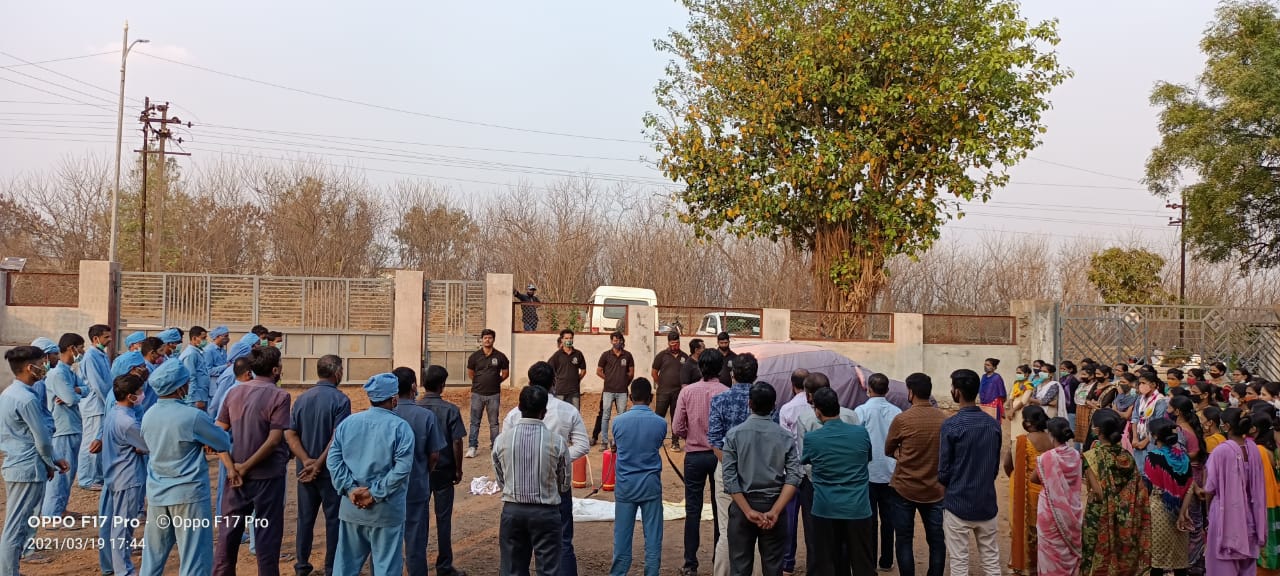Fire safety training is the process of educating individuals on how to prevent and respond to fires in a safe and effective manner. This training covers topics such as fire prevention, identifying potential fire hazards, using fire extinguishers, evacuation procedures, and how to contact emergency services.
The purpose of fire safety training is to increase awareness of fire risks and teach individuals how to respond in the event of a fire. It can be conducted in various settings, including workplaces, schools, and residential buildings. Fire safety training helps ensure the safety of individuals and property, and can prevent or minimize the damage caused by fires.
The training requirements can vary depending on the industry, location, and specific regulations in place. However, there are some general guidelines that most workplaces should follow. Here are some key areas that you may want to cover in your fire safety training program:
We are here to help you for official fire safety training so feel free to contact us.
For our recent training sessions visit our gallery.
Emergency Action Plan:
All workplaces should have an emergency action plan in place that outlines procedures for responding to a fire or other emergency. This plan should be regularly reviewed and updated as necessary.
Fire Prevention:
All employees should be trained on how to prevent fires in the workplace. This may include information on how to properly store flammable materials, how to safely use electrical equipment, and how to identify potential fire hazards.
Evacuation Procedures:
Employees should be trained on the proper procedures for evacuating the workplace in the event of a fire. This should include information on how to use fire exits and any other emergency exits, as well as a designated meeting place outside of the building.
Fire Extinguisher Training:
Depending on the workplace, employees may need to be trained on how to use fire extinguishers. This training should include information on how to select the appropriate extinguisher for the type of fire and how to properly operate it.
Regular Drills:
Regular fire drills should be conducted to ensure that employees are prepared in the event of an actual fire. These drills should be documented and any necessary changes to the emergency action plan should be made based on the results of the drills.
Specialized Training:
Depending on the workplace, specialized fire safety training may be required. For example, healthcare facilities may require specific training on how to evacuate patients in the event of a fire.
First aid:
Train people on basic first aid techniques, such as how to treat burns and smoke inhalation.
It is important to check with your local fire department or other regulatory agency to determine the specific fire safety training requirements for your workplace.
Remember, fire safety training is not a one-time event. Regular refreshers are needed to ensure that people don’t forget what they’ve learned and stay up-to-date with any changes to fire safety regulations or equipment.

